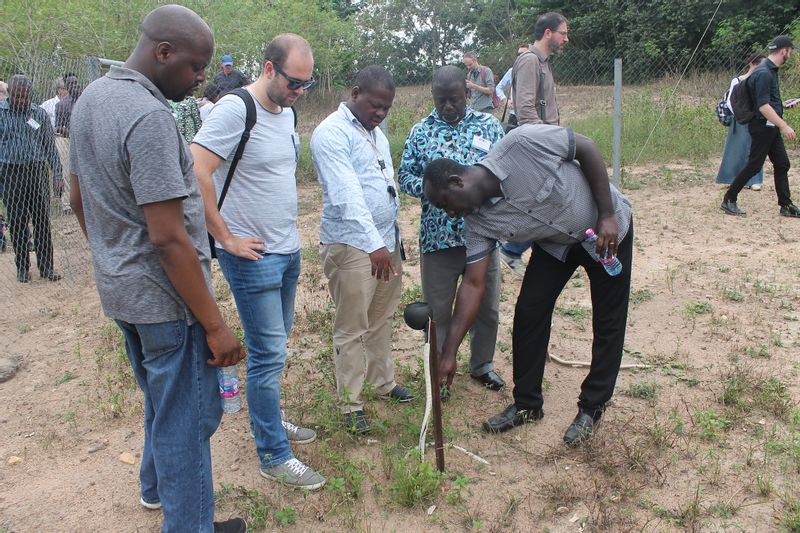It is well admitted that data alone does not provide solutions. The data needs to be processed and converted into practical applications to be useful and generate profit.
With the same approach, we may say that general market trends or global challenges do not provide user requirements. These challenges need to be downscaled and converted into local needs and concrete functional requirements to be useful to create or adapt technologies.
TWIGA fosters a careful balance between technology push and market pull.
Several posts of the blog put the focus on how R&D in new technologies pushes TWIGA developments by providing actionable information.
Here, we focus on how the market needs to pull TWIGA developments by providing actionable requirements.
TWIGA distinguishes five clusters of users: Agriculture; (Agricultural) Insurance; Energy; Water; and Disaster Response and Management. Each one of these sectors has its own environment, considerations, customs, and regional uniqueness. It means own needs with local context and own identities to consider. So, a tailored engagement with the different stakeholders is needed to process their needs and evaluate the associated ability to use and willingness to pay.
In TWIGA we adapt ourselves depending on the user environment. The desktop study is usually not enough and sometimes we need to get into a car and do a roadshow to visit different counties and be aware of the particular conditions of each one, no matter how close or far they are. Other times, it is necessary to go to the field to really understand the type of soil, where the probes are located, how crops are mixed, the effects of a flash flood, etc. to be able to translate it into functional requirements.
In some cases, we need to sit down in an office and discuss past experiences that have been already tested and understand why haven’t worked in the past. And, in other cases, we need to coordinate a broader audience in a workshop to share altogether experiences, pains, and benefits that are needed to be able to implement new solutions.
Empathy, tailored and guided questions to make the discussion happen, open spaces of dialogue between both local actors and technology developers are important tools to reach our goal: diving into user stories, activities, pains, expectations, our “market data”, and process it to be able to convert it into actionable requirements that can be used to pull TWIGA developments.
In the end, getting inputs from both the demand and supply side is a key aspect for the sustainability of services worldwide; and this is the core of WP1 that STARLAB, in close collaboration with all TWIGA partners is pushing forward.
Written by Ana Perez
STARLABS.




